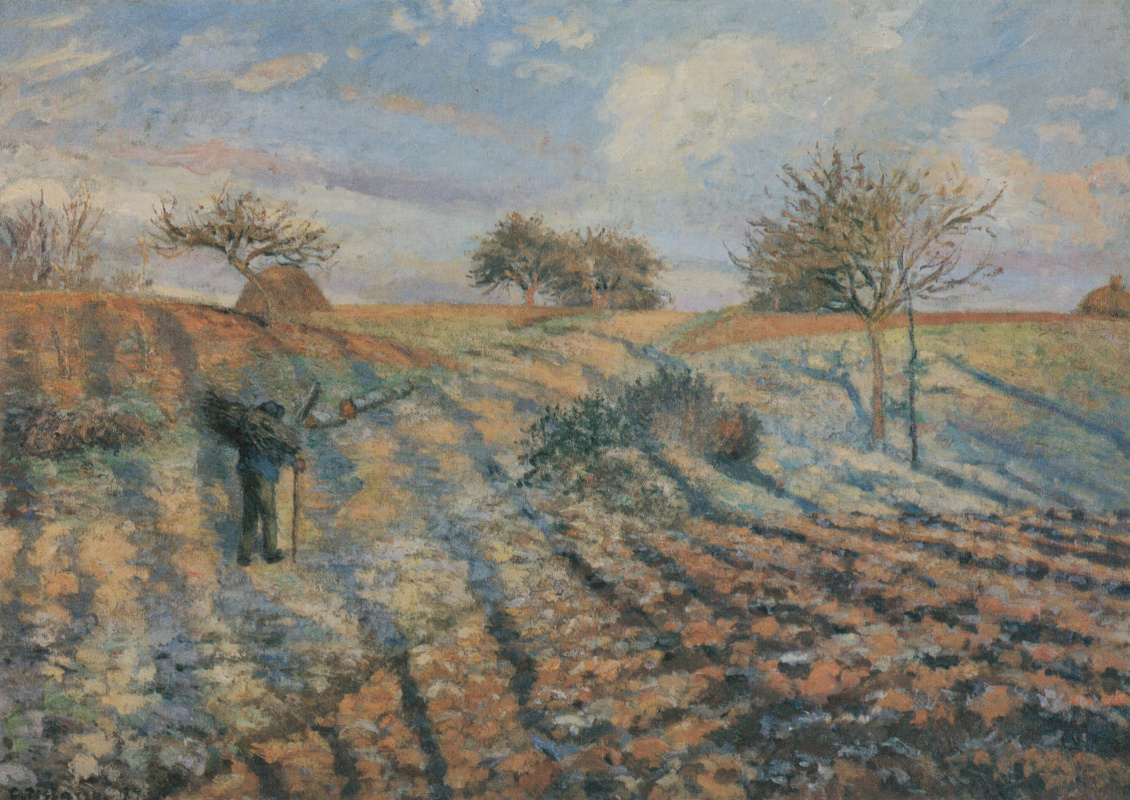log in
Enter site
Login to use Arthive functionality to the maximum
Impressionism
27,166 artworks, 2,547 artists
“Impression. Soleil levant” (fr.: Impression. The Rising Sun) was the name of Monet’s painting, which gave the name to a new and unusual direction in painting, arisen in France in the late 1860s. The group of the first impressionist artists, which included Cézanne, Renoir, Degas, Pissarro, Monet, Morisot, set a goal to break the petrified framework of academism, which determined the canons of art at that time. They got bored of classicism with its limited forms and monotonous romanticism; they wanted to share their impressions, rather than carefully depict objects on the canvas and colour them with paints.
“Impressionist who draws from nature must not draw the object, but implement his sensations”. These words by the great artist Paul Cézanne can rightfully be considered a declaration of impressionism. However, the audience, which had been accustomed to the traditional style of painting, was not ready to accept new art forms: salons and exhibitions refused to deal with impressionists, and critics published the sarcastic articles in newspapers. Nevertheless, year after year, impressionism confidently gained ground in painting: new followers appeared, and eventually came the admirers of their work.
Today, the works of the impressionists are incredibly popular among the general public. Exhibitions, museums and collectors hunt for vivid and emotional paintings. In 2015, at a closed auction, a bidder from Qatar paid $ 300 million for the canvas “When Will You Marry Me” by Paul Gauguin – today it is the world’s most expensive painting.
To capture the movement of light and air, an artist had to relax his eyes, not focusing on a specific point. The painter, who managed to master these techniques, created truly amazing paintings. Vivid examples of impressionist paintings, painted in oil, are such works as “Simplon Pass: Reading” by John Sargent, “Dance at Bougival” by Renoir, “Rapallo, Boats” by Kandinsky, “Starry Night” by Van Gogh, “Pier in Gurzuf” by Korovin, “Blue Dancers” by Degas. Peer into these canvases, listen to the emotions they cause in you, feel the transience of the moment captured by the artist on the canvas, catch the beat of life in every brush stroke. All this is impressionism!
“Impressionist who draws from nature must not draw the object, but implement his sensations”. These words by the great artist Paul Cézanne can rightfully be considered a declaration of impressionism. However, the audience, which had been accustomed to the traditional style of painting, was not ready to accept new art forms: salons and exhibitions refused to deal with impressionists, and critics published the sarcastic articles in newspapers. Nevertheless, year after year, impressionism confidently gained ground in painting: new followers appeared, and eventually came the admirers of their work.
Today, the works of the impressionists are incredibly popular among the general public. Exhibitions, museums and collectors hunt for vivid and emotional paintings. In 2015, at a closed auction, a bidder from Qatar paid $ 300 million for the canvas “When Will You Marry Me” by Paul Gauguin – today it is the world’s most expensive painting.
Impressionist oil paintings
Most of the impressionist paintings are easy to recognize: they look like drops of paint scattered across the canvas by the gusts of a light breeze in the rays of the bright sun. This makes the image fuzzy and uncontoured — in modern language, as if the photo was blurred in a graphic editor. Impressionist artists painted all the objects at once, not concentrating on each of them separately, but “jumping” from one to another and vice versa. In this case, the paint was applied with quick small strokes.To capture the movement of light and air, an artist had to relax his eyes, not focusing on a specific point. The painter, who managed to master these techniques, created truly amazing paintings. Vivid examples of impressionist paintings, painted in oil, are such works as “Simplon Pass: Reading” by John Sargent, “Dance at Bougival” by Renoir, “Rapallo, Boats” by Kandinsky, “Starry Night” by Van Gogh, “Pier in Gurzuf” by Korovin, “Blue Dancers” by Degas. Peer into these canvases, listen to the emotions they cause in you, feel the transience of the moment captured by the artist on the canvas, catch the beat of life in every brush stroke. All this is impressionism!
Read more
Feed

